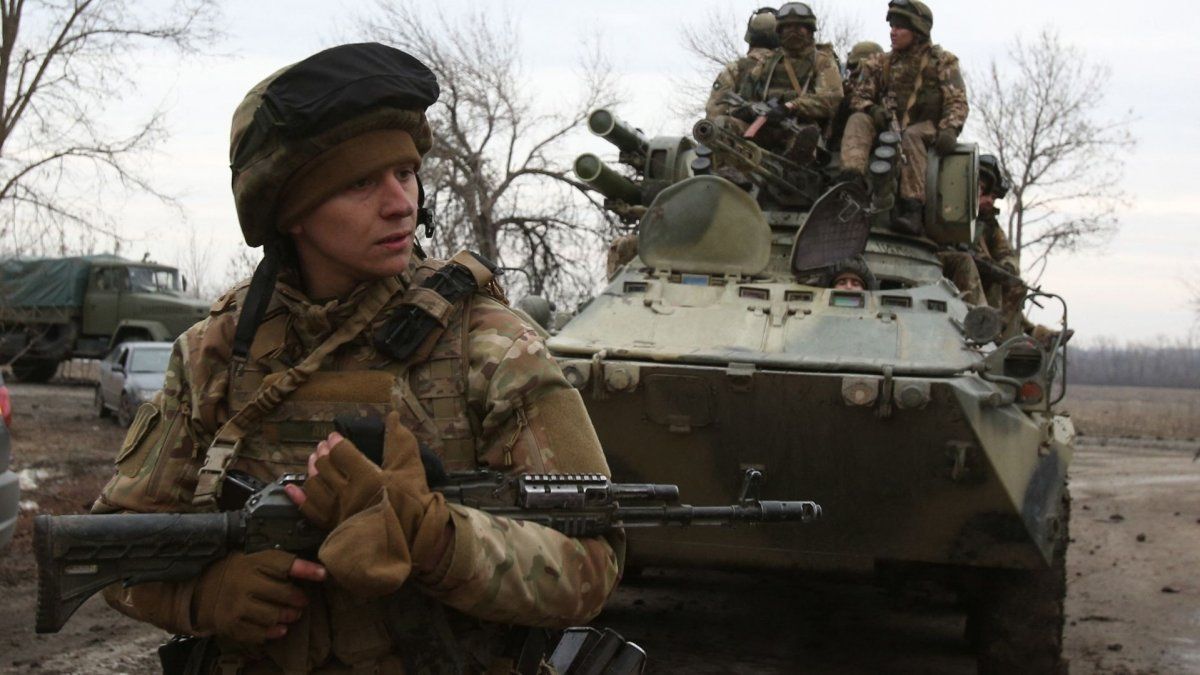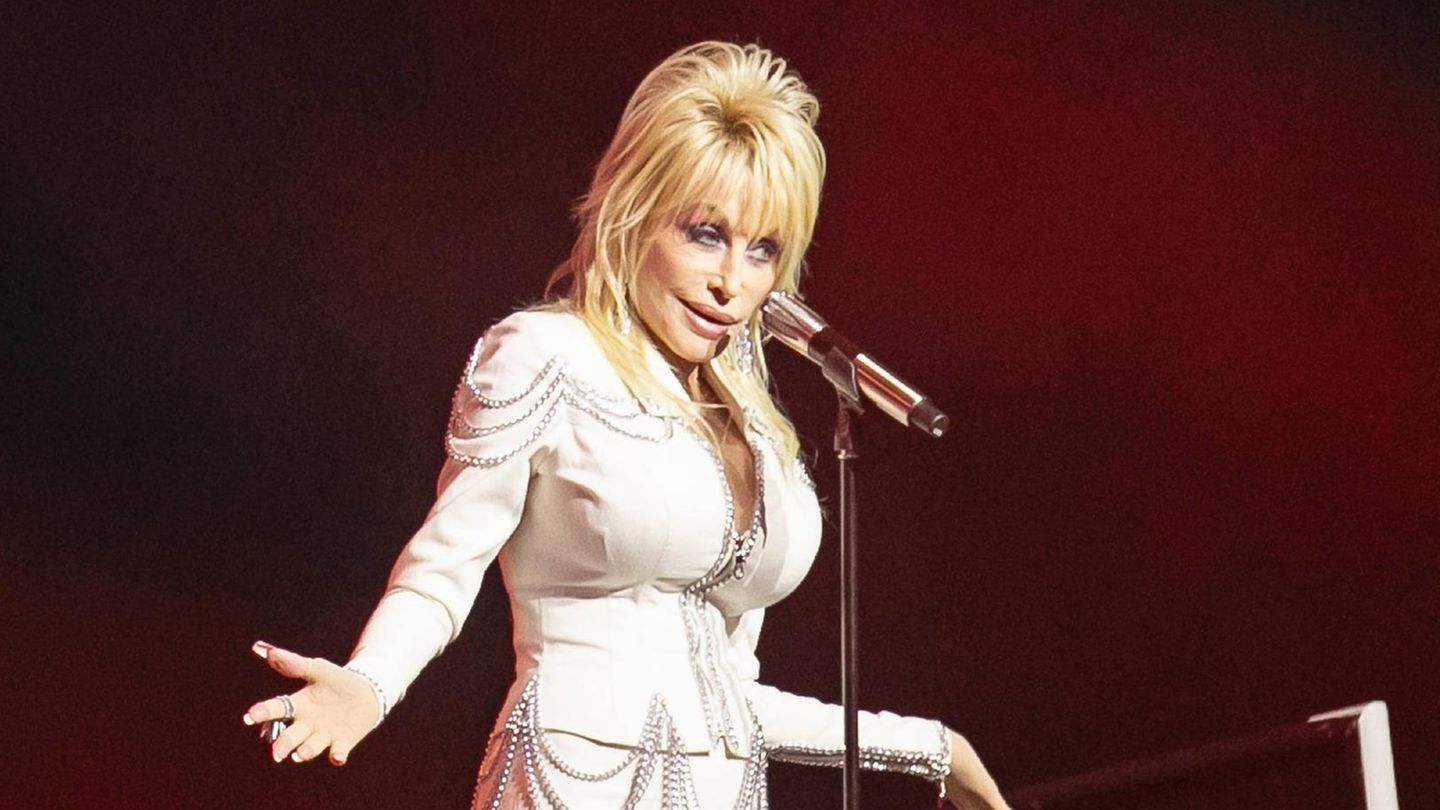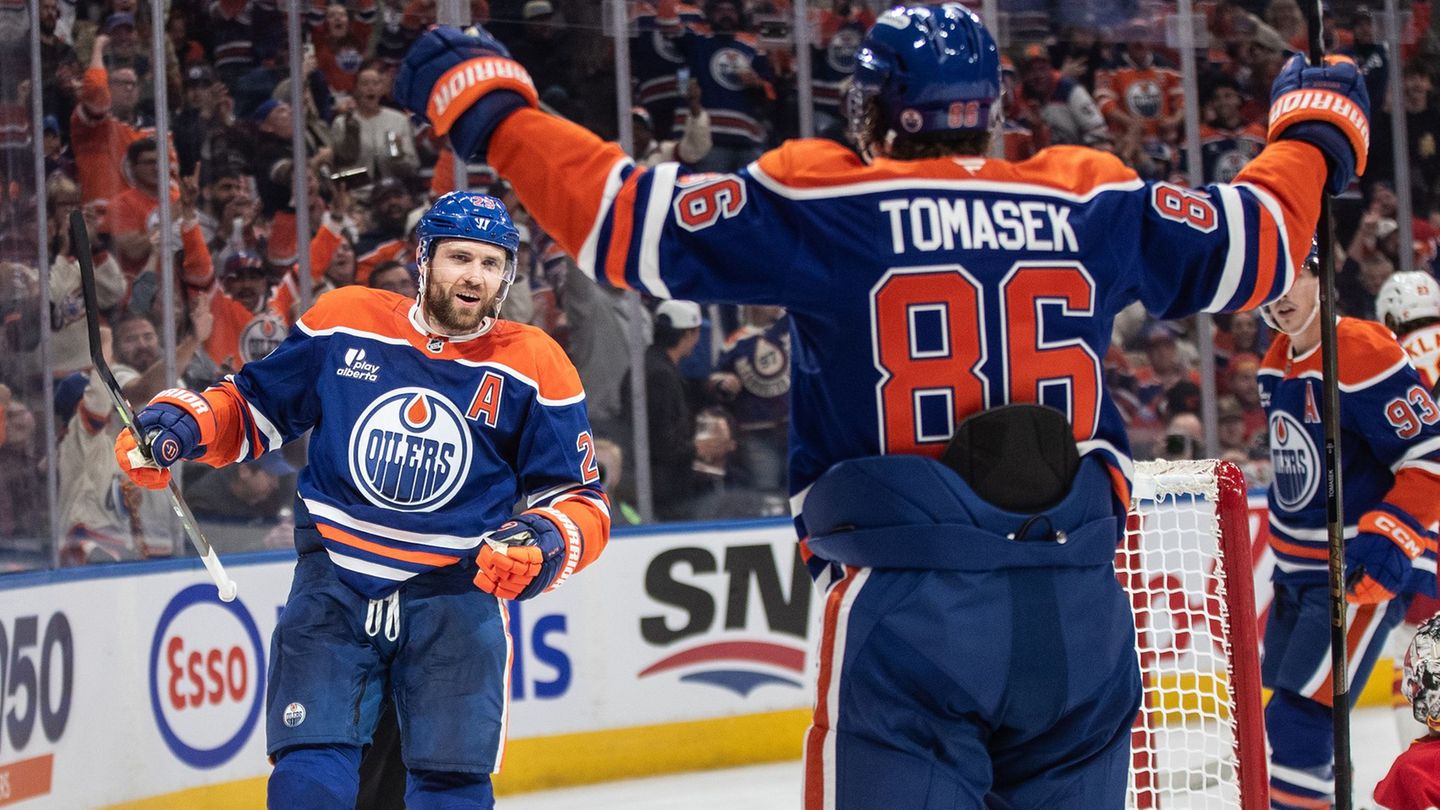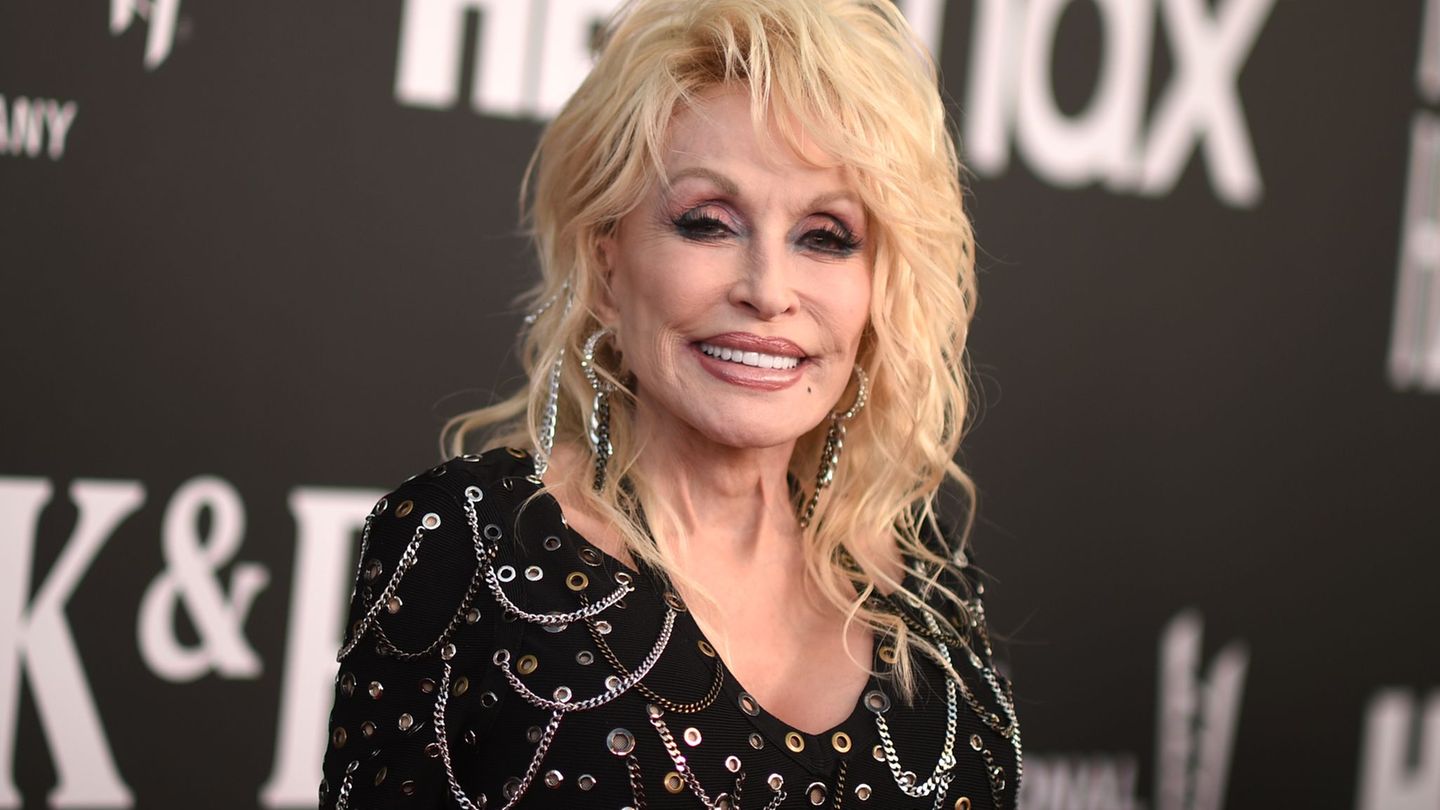The ten keys to understand what happens
1-The Russia-Ukraine relationship
Ukraine became independent in 1991 with the fall of the Soviet Union, a nation of which it was a part. Since then, the relationship with Russia was unstable: there were military associations but also rejections.
2-The beginning of hostility
The year 2014 marked the climax with the massive protests that ended with the government of Viktor Yanukovych, close to Russia, to go to the opposite side with Petro Poroshenko, an anti-Russian. Ukraine relaunched plans to join NATO.
3-The internal reaction to the change of Government
Despite the fact that the images showed a Ukraine against Putin in 2014, the large Russian-speaking populations rejected the change of government, which they considered a coup.
In turn, the inhabitants of the Crimean Peninsula approved in a referendum to separate from Ukraine and join Russia, which later annexed the territory, where it has its Black Sea fleet and whose control provides it with the only way out of the Mediterranean Sea. .
The inhabitants of two Russian-speaking provinces in eastern Ukraine, Donetsk and Lugansk, in imitation of Crimea, held separate referendums on independence, an option that was approved. Converted into “People’s Republics”, they then asked for their incorporation into Russia, but Moscow did not accept it.
4- Why did Russia recently recognize the independence of two provinces that are not on its territory, but in Ukraine?
Donetsk and Lugansk, located in the Donbass region, bordering Russia, are home to a majority of the Russian-speaking population and for eight years have maintained a relationship of permanent confrontation with the Government of Kiev, responsible for not having complied with the Minsk Agreements.
5- The signing of the agreements
In 2014, the first agreement was signed with the support of Russia and Ukraine, plus France and Germany as guarantors.
That same year an armed conflict broke out between these provinces and the Ukrainian government, which prevented the development of understanding.
A year later, the same actors signed a second agreement that at least managed to put an end to the declared war, but not to the situation of tension.
6- What did Ukraine not comply with in that agreement?
The president of Ukraine at the time, Petro Poroshenko, had to give full autonomy to the two provinces so that they could freely choose their authorities and the release of political prisoners and exchange of prisoners of war, but he collided with the intransigence of parliament and citizens : only 12% of Ukrainian men and women supported the agreement.
7-Breach of agreements
The differences translated into at least 14,000 dead on both sides. The separatists protested the actions of the Ukrainian state that they considered a criminal persecution, and the Kiev government claimed that the rebels’ fight covered up Russia’s intention to want to dominate its territory.
8- What Vladimir Putin said about Russian military action
During the early morning, the president justified the attack by stressing that it was to protect the civilian inhabitants of the two separatist regions.
In addition, he assured that his intention was not to occupy Ukraine but to “demilitarize” and “denazify” the country and bring to justice those responsible for crimes.
9- What were the warnings from Ukraine and its Western allies?
Specifically, all the sanctions issued so far speak of economic sanctions, something that was initially launched by the United States.
At the same time, Kiev demanded from Moscow and the international community “security guarantees” in the face of the threat of a Russian invasion.
10- And what will Russia do if the world responds with the same currency to the military escalation?
“Whoever tries to obstruct us, not to mention create threats against our country and our people, must know that the Russian response will be immediate and will lead to consequences that they have never seen in history,” Putin warned.
Source: Ambito
David William is a talented author who has made a name for himself in the world of writing. He is a professional author who writes on a wide range of topics, from general interest to opinion news. David is currently working as a writer at 24 hours worlds where he brings his unique perspective and in-depth research to his articles, making them both informative and engaging.




